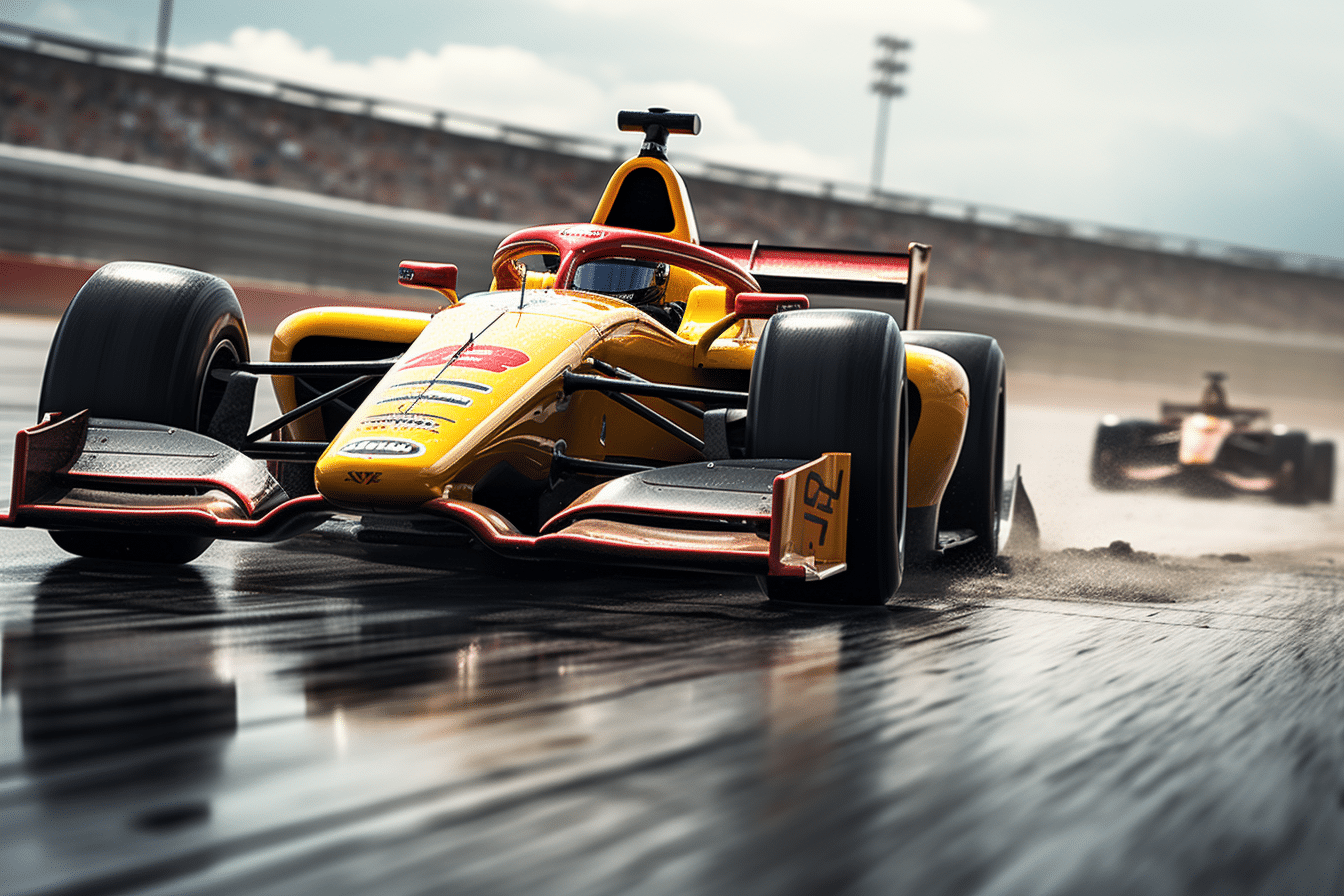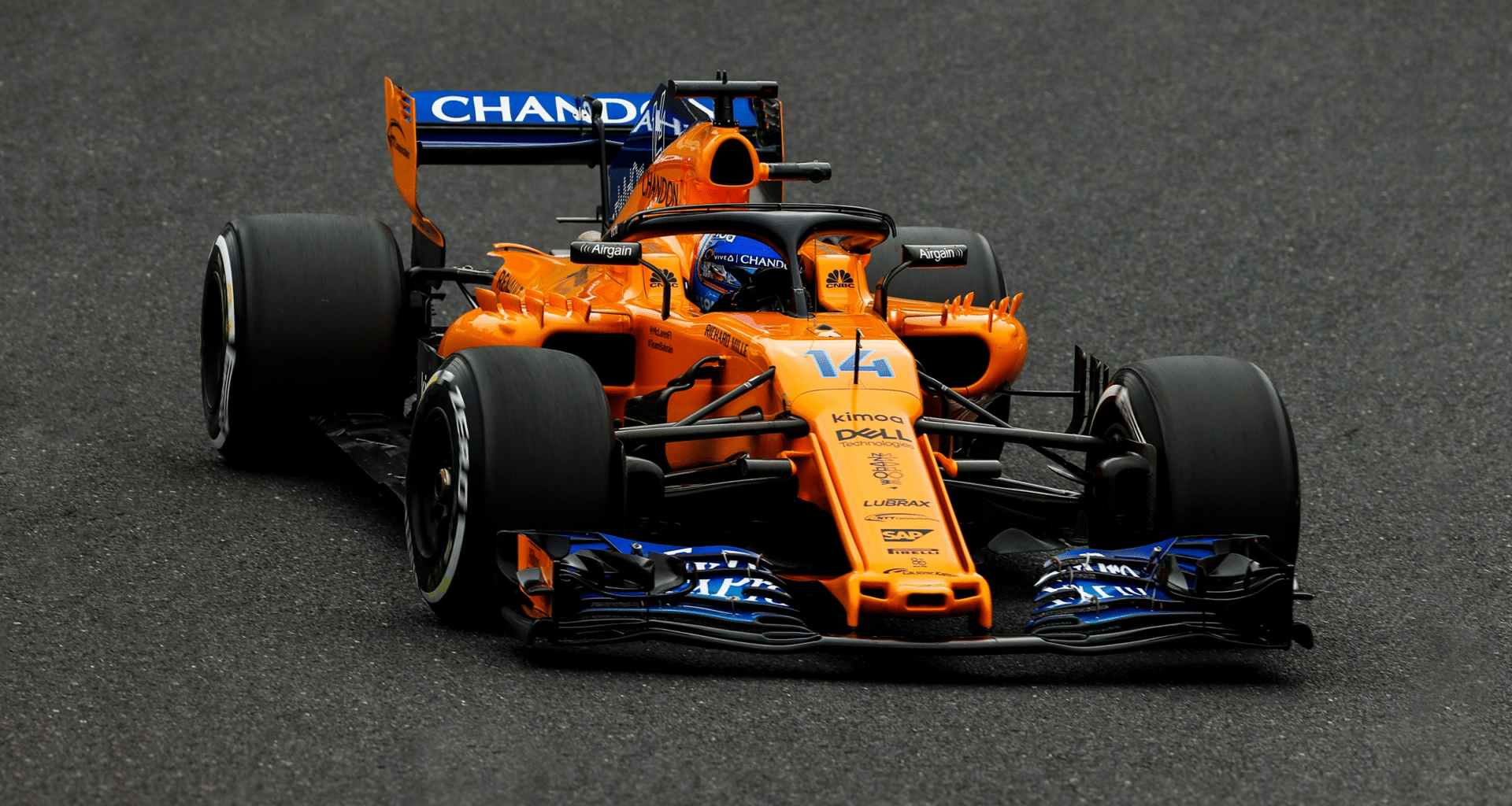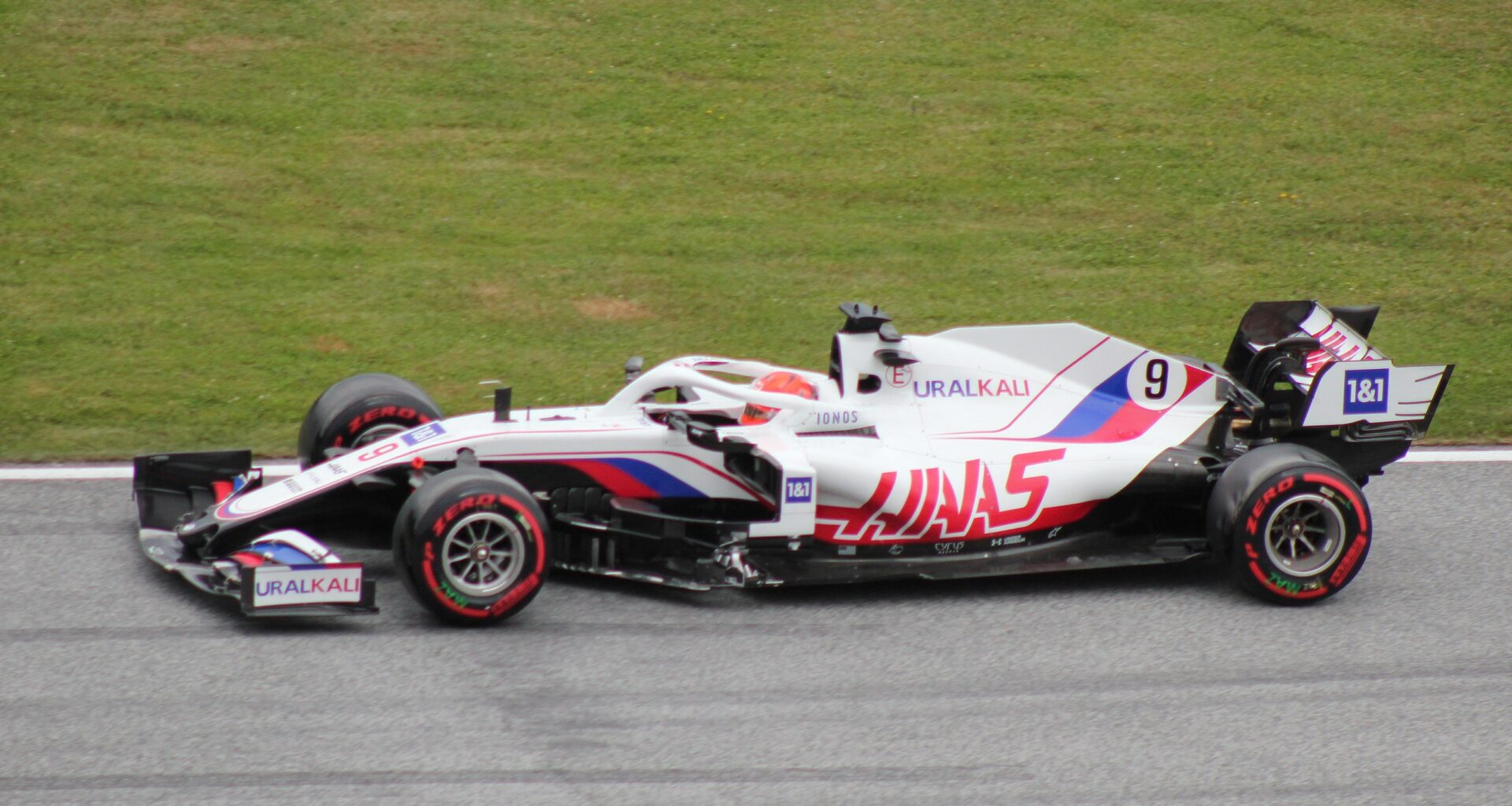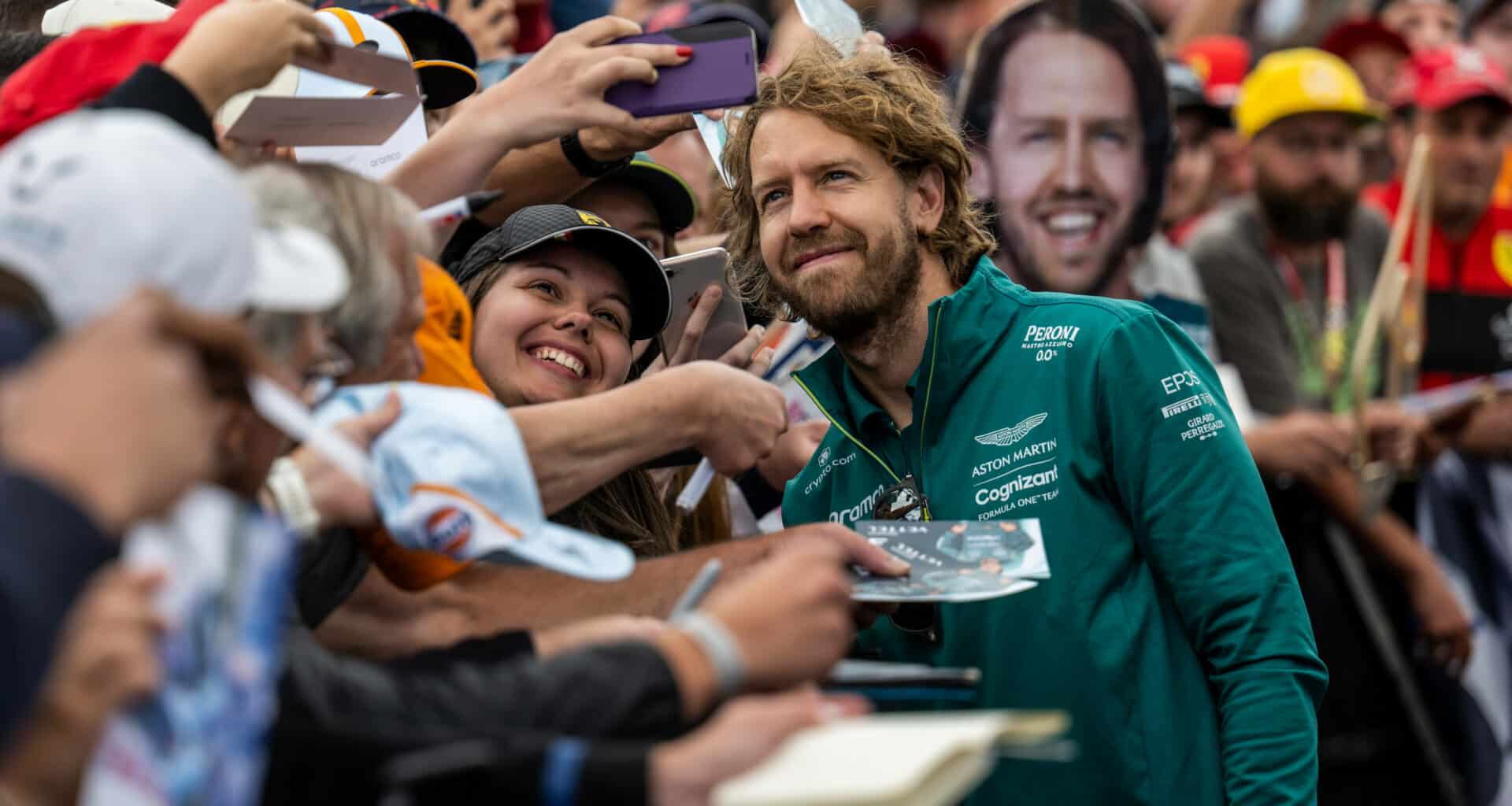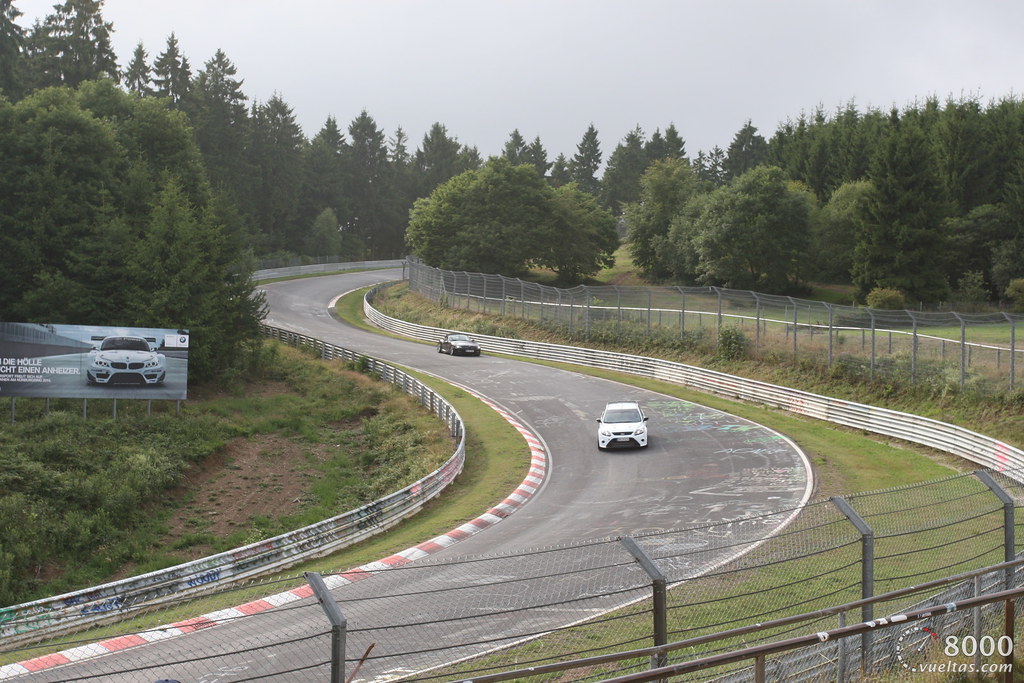One of the first questions that arises when comparing Formula 1 and IndyCar is which series is faster.
IndyCar is the leader in terms of top speed. F1 is the leader in terms of overall lap time
IndyCar fastest recorded speed: 236 mph / 380 kph
F1 fastest recorded speed: 231.4 mph / 372 kph
IndyCar Lap Time in COTA : 1:46.018
F1 Lap Time in COTA : 1:32.029
Overall F1 is faster by 14 seconds at Circuit of the Americas
Formula 1 cars are renowned for their ability to gain time in corners by prioritizing downforce during acceleration and cornering. IndyCar are better in terms of straight-line speed.
Table of Contents
- 1 A Comparative Study on the Horsepower of IndyCar and Formula 1
- 2 A Look into the Driving Aids: Formula 1 vs. Indycar
- 3 Analyzing Fan Engagement: The Popularity of IndyCar and Formula 1
- 4 Breaking Down the Qualifying Rounds in IndyCar and Formula 1
- 5 Comparing Race Structure: Differences between IndyCar and Formula 1 Events
- 6 Point Systems Evaluation: Distinguishing Patterns in Formula 1 and IndyCar
- 7 Putting Speed into Perspective in IndyCar and Formula 1 Racing
A Comparative Study on the Horsepower of IndyCar and Formula 1
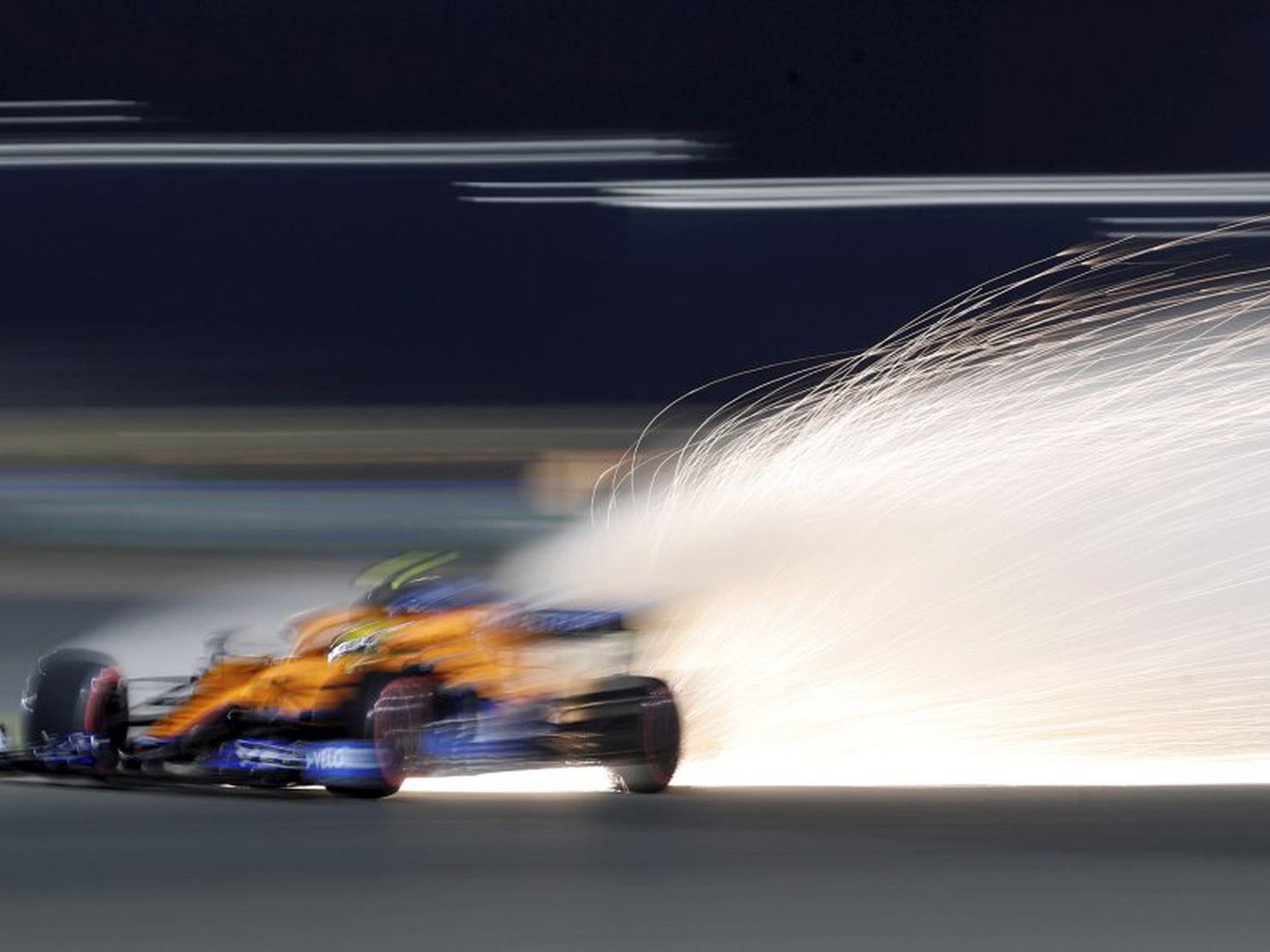
Horsepower is another crucial factor in determining the speed capabilities of racing cars.
The horsepower of IndyCar engines can range from 600 to 750, depending on turbo boost.
In contrast, manufacturers of Formula 1 engines are notorious for keeping their horsepower numbers confidential.
Nevertheless, Renault has disclosed that it achieved 1000bhp in 2019 by means of its internal combustion engine and hybrid systems.
Other manufacturers like Ferrari, Honda and Mercedes are also believed to have accomplished this impressive feat.
The difference in horsepower between the two series reflects their respective racing techniques.
The main objective of IndyCar is to ensure a fair competition, with all teams using the same Dallara chassis and having either Honda or Chevrolet engines.
Formula 1 teams have a greater degree of autonomy in designing their own cars and parts, which allows them to compete more competitively on the grid than elsewhere.
A Look into the Driving Aids: Formula 1 vs. Indycar

The use of IndyCar Driving aids is a key component in elevating the thrill and allure associated with racing.
Since 2011, Formula 1 has been utilizing the Drag Reduction System (DRS).
DRS enables cars that are within one second of the front-wheeled car to lift part or all four tires on specific straights, which reduce drag and enhance aerodynamic efficiency.
This helps with overtaking by reducing the disadvantage of being behind another vehicle.
IndyCar’s push-to–pass system was launched in 2009, however.
The driver can control a button on the steering wheel to boost engine power by approximately 50 horsepower for an extended period.
The rules were modified in 2017 to provide each driver with an additional 200 seconds of power during the race, rather than a specific number.
The added boost enables drivers to utilize it more effectively, giving them greater control over their race.
Moreover, BorgWarner turbos are utilized by IndyCar on superspeedways due to their ability.
These driving aids are a bonus feature that add to the excitement and strategy of races in both series.
Analyzing Fan Engagement: The Popularity of IndyCar and Formula 1
The popularity of a racing series is determined by its fan engagement and viewership.
Formula 1 has a much larger TV audience worldwide than IndyCar.
The official broadcaster of the series, NBC’s affiliated channels in 2019, IndyCar had an average viewership that reached 5.45 million per race during 2019.
By comparison, Formula 1’s global average audience for the same year was a staggering 91.5 million.
The difference in viewership for both shows was significant, as the latter one showed a 31% increase from last year’s numbers.
Breaking Down the Qualifying Rounds in IndyCar and Formula 1
Qualifying sessions are a crucial part of any racing weekend, determining the starting positions for the race.
Q1,Q2,and so on in Formula 1 qualifying are the three.
All drivers compete for 18 minutes in Q1, with the top five slowest competitors being eliminated.
During Q2, the remaining 15 drivers compete for one of their top 10 fastest times.
Ultimately, in Q3, the drivers are determined to achieve an efficient time and secure favorable starting positions.
IndyCar’s qualifying format is subject to change based on the event, however.
In oval races, drivers go out one at a time and their qualifying times are determined by an average of two consecutive run.
The best lap times are used to determine the results of drivers who go out in groups on both road and street courses.
The field is divided into rounds, with the fastest drivers progressing to next round.
The final stage involves determining the pole.
Fans are kept on edge in each series as the qualifying format varies from match to game.
Comparing Race Structure: Differences between IndyCar and Formula 1 Events
The race structure in IndyCar and Formula 1 also differs in significant ways.
189.5 miles is the total distance covered in Formula 1 races.
The usual duration is roughly 180 minutes, but there’s a two-hour limit to accommodate factors like bad weather or extended safety car intervallization.
IndyCar races last for varying durations depending on the circuit type.
The duration of races on oval tracks is unlimited, and they run within the designated time limit.
The usual two-hour time limit for road and street courses is in place, but the race officials can modify it at any point.
IndyCar still does refuel during pit stops, although it has been banned in Formula 1 since 2010.
IndyCar crews can change tires and refuel the car in under 10 seconds, while Formula 1 pit workers typically wait around two-andah to do so.
The differences in race structure contribute to varying flavors within each series.
Point Systems Evaluation: Distinguishing Patterns in Formula 1 and IndyCar
The point systems used in Formula 1 and IndyCar also have their own unique characteristics.
Formula 1 points are awarded to the top 10 finishers, with a maximum of 25 pointer for winning and lower scores from next year’s positions.
Conversely, IndyCar has a more generous point allowance.
IndyCar race winners are awarded 50 points, while those who finish second and third get 40 or 35.
The 25th to 33rd-place drivers receive 5 points per team, allowing for point awards throughout the field.
The Indy 500’s point system is slightly different, with additional bonus points awarded for pole position and leading a lap or more.
The points system adds excitement to the championship contest by rewarding consistency and incentivizing strong performances.
Putting Speed into Perspective in IndyCar and Formula 1 Racing
In conclusion, the comparison between Formula 1 and IndyCar shows that speed is a complex and multifaceted aspect of racing.
IndyCar is likely to have a higher top speed, but Formula 1 cars are better at acceleration and cornering because they focus on downforce.
The two series are characterized by their distinct motorsport approaches, including IndyCar’s focus on equal opportunities for all and Formula 1, which emphasize technology advancement.
Ultimately, Formula 1 and IndyCar are all-rounders with thrilling racing experiences that delight enthusiasts around the globe.
Whether you’re fond of Formula 1 or IndyCar, there are few things more exciting about seeing these incredible machines in action.
